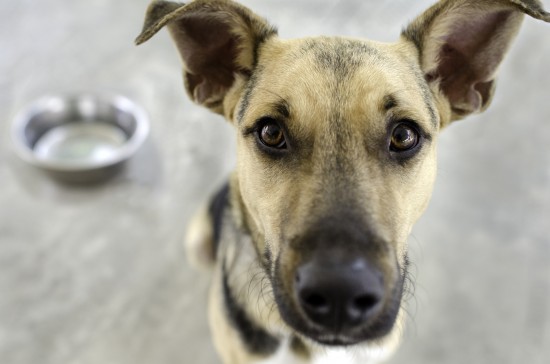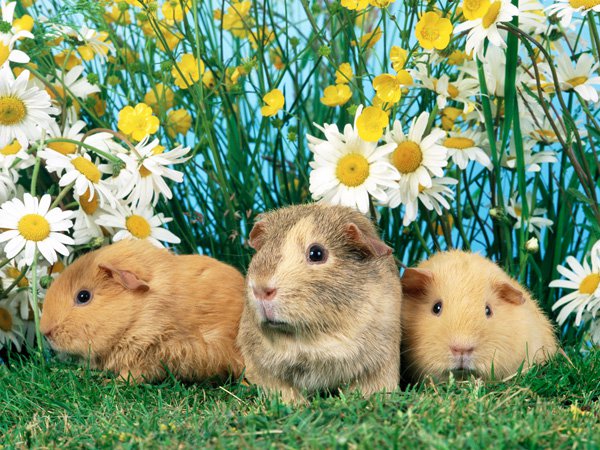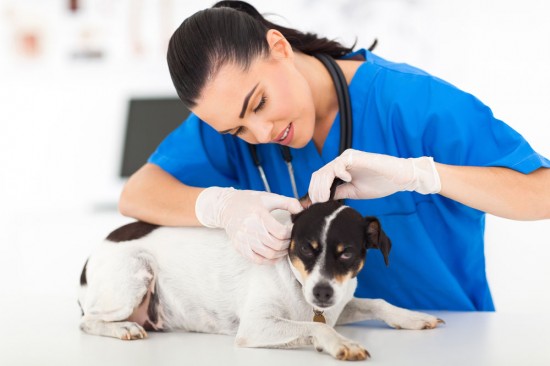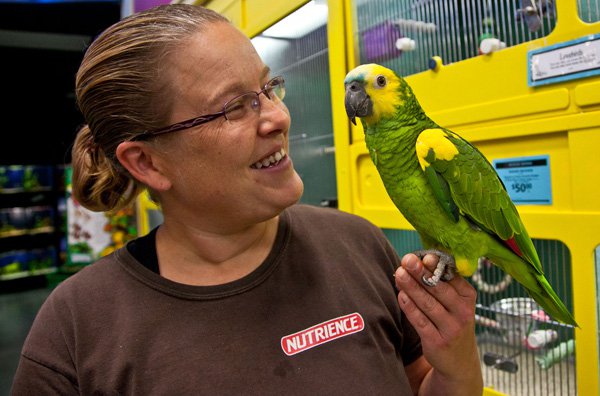

Whilst responsible pet food manufacturers take every possible precaution to avoid complaints, there may be occasions where you have concerns about a product. If you have purchased the food from a stockist rather than directly from the manufacturer, your contract is with the person who sold the food, and it is their responsibility to arrange replacement goods or a refund, and notify the manufacturer of the issue. However, you may still wish to contact the manufacturer personally if you feel the matter is very serious, or has (or could have) caused health problems for your cat or dog. This is sensible, because if the manufacturer is unaware of the problem or notification is delayed, they will not be able to take prompt steps to rectify the matter.
Although there are very strict quality control measures in place at pet food manufacturing plants, there can be cases of human or mechanical error that could result in a problem. Other problems may occur away from the factory and be resultant of incorrect storage or damage to the packaging.
If a food is purchased that the dog simply doesn’t enjoy (and he has a history of fussy eating) or if the food does not suit the individual dog, it is not cause for complaint as such, although a good company will do their best to help you overcome such difficulties where possible. It is undeniably frustrating when a dog doesn’t like a food, or it does not agree with him, but it is unfortunately a fact of life that not all foods are enjoyed by or digested well by 100% of the dog population.
If your dog is very unwell and the symptoms cannot be attributed to anything other than a change of diet, then this would warrant immediate investigation.
A complaint may also be justified if :
If it is the first time you have purchased this particular product, it can be quite hard to tell what it should look like in terms of kibble size and shape, but if you are familiar with the food, and the kibble is larger or smaller than normal or an unusual shape, then it’s best to ask the company to investigate in case a product has been packed incorrectly. You may have chicken and rice dog food in the bag rather than lamb and potato; and if your dog suffers from food allergies and needs to avoid chicken, then this represents a problem! Sometimes variation can be attributed to the machinery that is used to cut it. New blades will produce a sharper, smaller and more defined kibble than those which have been in use for some time. However, it is best to err on the side of caution and ask the manufacturer to look into the matter.
Unsually coloured kibble could also be indicative of an incorrectly packed product. It can sometimes be the case that natural variation of some raw materials can be causative. Anything that affects the expnasion of the kibble (e.g. a slightly lower starch content or a reduction in steam pressure during extrusion) can affect the appearance and produce darker or lighter kibble. This tends to be more obvious in natural foods that are produced without artificial colourants because they cannot be disguised. Slight colour changes are not usually a cause for concern, but again, do check with the manufacturer.
Occasionally, a change in aroma can be attributed to natural variation of raw materials, but an unpleasant smelling odour requires investigation as it could indicate the presence of mould or bacteria; both of which can be harmful if ingested or inhaled by your dog or cat.
Damage to the product or packing may occur in transit during delivery and may not be the direct responsibility of the manufacturer. It is important to notify them though because if products are not reaching the end consumer in good condition, it is bad for business. It is also inconvenient for the customer as damaged goods are not fit for purpose and replacement goods will need to be collected or delivered. It is definitely something they would want to look into and try to remedy through liaison with their couriers.
It goes without saying that there should definitely not be any unwanted visitors inhabiting your food bag. Speak to the manufacturer without delay if this has happened.
Occasionally something that shouldn’t be in the food (e.g. a piece of plastic) may be evident. This again requires immediate action. The type of material can help indicate where the contamination occurred because the food is passed under magnets to ensure there is not any metal present before packing.
Before contacting the manufacturer or retail outlet (or both), it helps to have all the information that they might ask your for to hand. This may include :
Specific information about the food itself is also very helpful. The company may ask for a sample, or they may like to see photographs (or both). Do be prepared to help them to investigate, and be aware that working with minimal information does make that job more difficult. If you still have the packaging, the company are likely to want to know :
Sometimes dry food packaging gets thrown away before a problem has been identified. A good tip if using dry food is to cut out the part of the packing that includes the printed information listed above and stick it to your storage bin. This way, if any problems do crop up midway during use, you still have all the pertinent information to hand.
Decide what you want to achieve from the complaint. Your pet’s health is obviously your primary concern, and you will naturally want an apology, explanation and assurance of future actions taken to avoid further incidents in the future if there has been a manufacturing problem. Do you want replacement goods from an alternative batch, a different product to the value of the unusable food or a refund? Good pet food companies want to keep their customers, and will do their best to achieve a mutually satisfactory outcome.
 Learn how to train your dog in a gentle and effective way
Learn how to train your dog in a gentle and effective way
Learn how to train your dog in a gentle and effective way
Learn how to train your dog in a gentle and effective way
 Demystifying Equine Terms And Phrases
Demystifying Equi
Demystifying Equine Terms And Phrases
Demystifying Equi
 Ear Mites In Dogs - Otodectes Cynotis
Ear Mites In Dogs
Ear Mites In Dogs - Otodectes Cynotis
Ear Mites In Dogs
 Walk About Dog Treats
Walk About Dog Treats
Walk About Dog Treats of
Walk About Dog Treats
Walk About Dog Treats
Walk About Dog Treats of
 The Raw Food Debate In Dog Feeding Decoded
The Raw Food Deba
The Raw Food Debate In Dog Feeding Decoded
The Raw Food Deba
Copyright © 2005-2016 Pet Information All Rights Reserved
Contact us: www162date@outlook.com